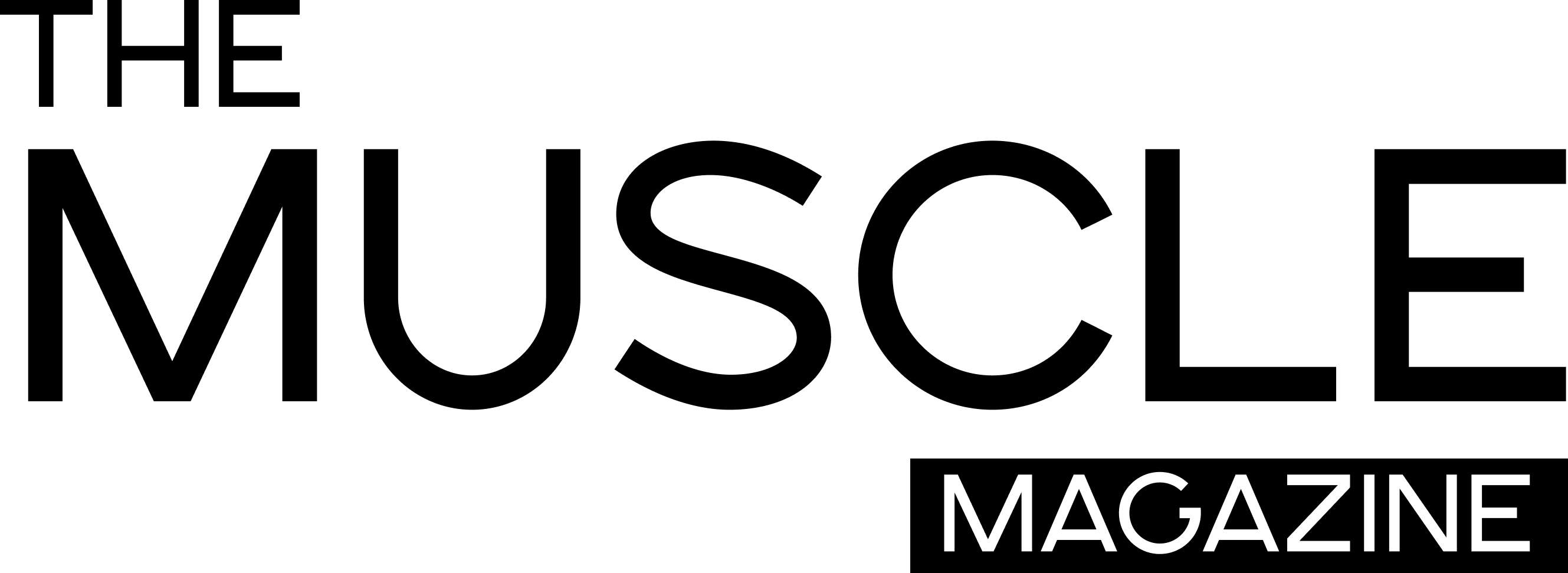It is logical that if your warm-up stinks, so will your training. This article aims to clean the process, increase your chances of higher profits and maximize your performance. Let’s start by re-focusing on why we should warm up in the first place …
Warm-up exercise: common denominators
While warming is a necessary constant, its specific strategies can vary quite a bit. However, whether you practice yoga or MMA, you are probably incorporating some of the same principles precisely for the same reasons.
Core temperature
Complete and appropriate warming increases the core body temperature. Even small increases in temperature seem to help with muscle flexibility, blood flow and joint fluidity. While raising the temperature alone is not enough to sufficiently prepare the body for performance, it is a vital part of the process. The simplest approach to meet this requirement is to perform any technique you choose up to, or a little further, the point at which you begin to perspire.

ROM
I often separate the range of motion (ROM) into three distinct areas: passive, active and functional. More specifically, to be able to pull a joint through a given range of motion using an external force or apparatus (passive ROM); being able to control a joint through a given range of motion without using an external force or apparatus (active ROM); and be able to control a joint during flexion / extension in other joints without using an external force or apparatus (functional ROM). ROM is greatly improved during warm-ups that involve the full range of motion that the athlete tries to perform. To satisfy this common denominator, perform heating techniques that involve the full ROM in the given joints that you plan to target.
Neuromuscular priming
Efficiency of movement is a hallmark outcome of proper warm-ups. With each rep performed, the body becomes better at activating the specific muscle groups in the specific movement pattern and sequence. However, be careful not to overextend toward exhaustion. While the athlete gets more efficient with each movement, there is a trade-off that comes with this expense of energy. To satisfy this common denominator, utilize the full movement pattern, timing, and (to some extent) force, while keeping as much energy in reserve as possible.
Psychological priming
Psychological priming starts the minute the athlete laces up and doesn’t end till performance is over. Techniques used to achieve this goal of warm-ups can get somewhat tricky. For this reason, I highly recommend minimizing the use of techniques that may be unfamiliar to the athlete before an actual competition. However, there is a school of thought that advises practicing harder than you play. This may involve warming up in novel and experimental ways before practices. To satisfy this common denominator, engage the in movements and strategies you’ve already mastered while adding elements of “new” to them, such as dynamic/unbalanced forces, verbal cues, etc.
Clean Up Your Routine with a Fresh New Approach
With the fundamentals in mind, lets add a level of “new” to our perspective that may breathe fresh life into this often overlooked, but incredibly important, part of our routine.
As noted earlier, different sports often employ different methods to achieve the same results. For example, an underlying goal of every warm-up routine ever performed is to enhance engagement by the athlete. However, enough repetition of any given routine may eventually fall victim to redundancy and, subsequently, disengagement. This redundancy does have a flip-side in sport, referred to when discussing flow, but all too often the recreational trainee may suffer from this redundancy more than reap its’ rewards.
For this reason, I’ve often used warm-up techniques from different sports to conscientiously engage otherwise disengaged clients and athletes. Even if only to revisit the “why” behind what we do, our routines might benefit by sampling strategies from other athletic approaches.
Some general techniques from different sports are noted below. I’ve categorized them by their common denominator mentioned earlier and aligned them top to bottom according to force production. Starting with the top left, and moving toward the bottom right, consider adding an element or two before maximal performance. In doing so, I guarantee you’ll start to see the warm-up for the performance enhancing strategy it was always intended to be.
Be wary, however, when introducing new elements to your warm-up. The goal is to engage – not overwhelm.
YOGA
Core Temp
Raising Room Temperature; Basic Muscle Contractions
ROM
Basic Movements; Advanced Movements with Blocks
Neuromuscular Priming
Muscle Contraction Coordinated with Sequenced Breathing
Psychological Priming
Rhythmic Sequences; Lighting; Smells; Music
RESISTANCE TRAINING
Core Temp
Incline Walk; Elliptical
ROM
Static Stretching; Dynamic Stretching;
Blended Stretching Techniques
Neuromuscular Priming
Technical Warm-Up Sets; Acceleration Techniques
Psychological Priming
Music; Self-Talk; Trainer Interaction
LONG DISTANCE CARDIO
Core Temp
Light Version of the Sport
ROM
Blended Stretching; Mobility Drills
Neuromuscular Priming
Repetitions in Place
Psychological Priming
Cadence; Music
SPRINTING
Core Temp
Light Version of the Sport; Warm Clothing
ROM
Blended Stretching Techniques; Mobility Drills
Neuromuscular Priming
Acceleration Techniques; Non-Fatiguing Plyometric Techniques
Psychological Priming
Self-Talk; Music; Coach Interaction
DYNAMIC SPORTS
Core Temp
Light Version of the Sport; Warm Clothing
ROM
Blended Stretching; Mobility Drills
Neuromuscular Priming
Multi-Directional Drills; Acceleration Techniques; Simulating Reactive Tasks
Psychological Priming
Cueing; Self-Talk; Team/Coach Interaction
Side Notes
If you feel the need to reinvigorate your warm-up (let’s be honest, we all probably should at some point), consider strategically adding a new element or two. In doing so, you may find fresh new life in an otherwise stale and dated routine.





